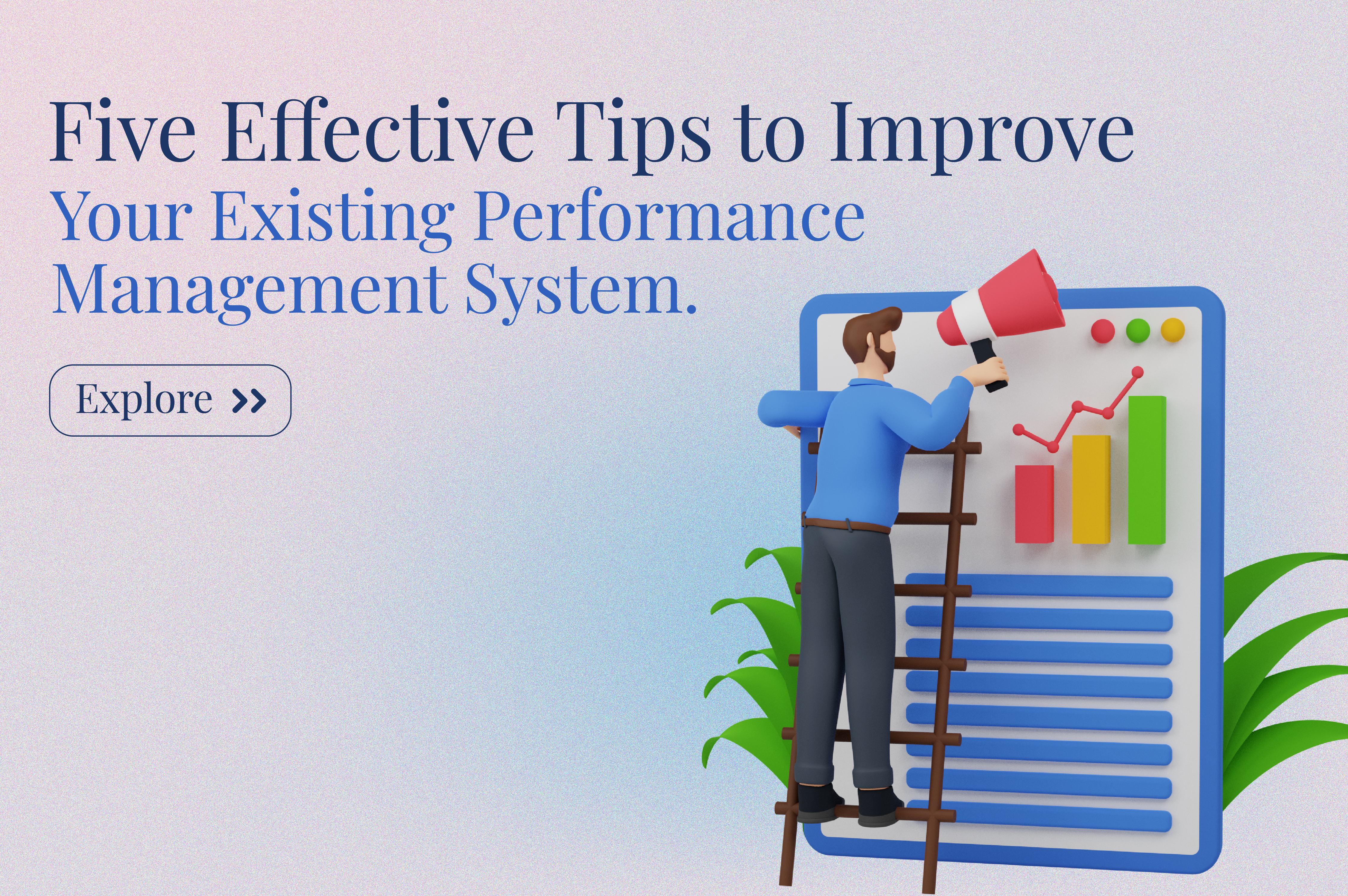We all know that change is the only constant. However, change frightens us. As a result, we cling to situations and methods even if they are not working in our favour. The question here is- Is it a good thing to do?
This applies to organizations as well. The most relatable example is Performance Management Processes. Times have changed, yet most organizations cling to traditional performance management processes that do no justice to employees performing in a dynamic environment. If you wish to get improved results, you must rework on the performance management plan.
If you still do not believe it, here are some statistics that will force you to ponder over your performance management processes.
– 95% of managers are dissatisfied with current processes.
– 77% of HR executives believe that the traditional method is redundant.
– Only 26% of employees agree that the feedback is helpful for performance improvement.
– 22% of young employees prefer to avoid facing annual reviews and call in sick to avoid the meeting.
The statistics may leave organizations thinking there is no need for performance management at all. Of course, there is. You just need to improvise processes to make it more effective.
So, what to do?
We suffer more in imagination than in reality. So, you must be thinking that introducing a new performance management process is a challenging task. But, in fact, it is not that difficult. One step at a time, and you can introduce a whole new and more effective performance management system in a short span. Here is how you can do it.
Focus on one improvement at a time; you’ll see impressive results before you know it. Here are some ideas and best practices to consider:
1. Acknowledge the talent:
The good thing about the traditional Bell Curve method is that it helps you identify the best and the worst performers. Once you identify the talented ones, reward them satisfactorily to retain them. Also, ensure they get the proper resources to flourish and thrive in the company’s environment. Maintaining an ongoing feedback loop to keep in touch with the best performers is equally essential. Also, the performance management system should apply to top leaders to ensure employees feel fair and square.
2. Yearly feedback is a strict no-no:
How many of us remember what we did a year back? Therefore, old-school annual reviews do not work. On its stead, frequent and ongoing feedback work better. Feedback can be given during quarterly reviews, monthly one-to-ones and even during weekly check-ins. Managers can use the break time to have an informal chat with the employees to learn about their thoughts and improve relationships with them.
3. Change the way you think:
Most organizations evaluate the employee’s worth from how valuable the employee is to the company. Another insightful way of assessing an employee is to ask- “what will the organization do if the employee leaves?” Evaluating the employee’s absence automatically highlights his contribution to the organization’s growth.
4. Keep external goals in mind:
While conducting the performance management process, consider external factors such as market trends, customer needs and competitors. For example, “What if we lose this employee and he joins the competitor?” Evaluating an employee from these perspectives and analyzing its repercussions will help the organization understand his true worth.
5. Keep your mind open for improvement:
A perfect performance management process is a myth. However, you can continuously improve your processes. Therefore, you must keep your mind open to receive feedback for the new performance management system. From entry-level to executive-level employees, ask if the new system works well for them. Consider the negative input and introduce changes to improve the existing system.




